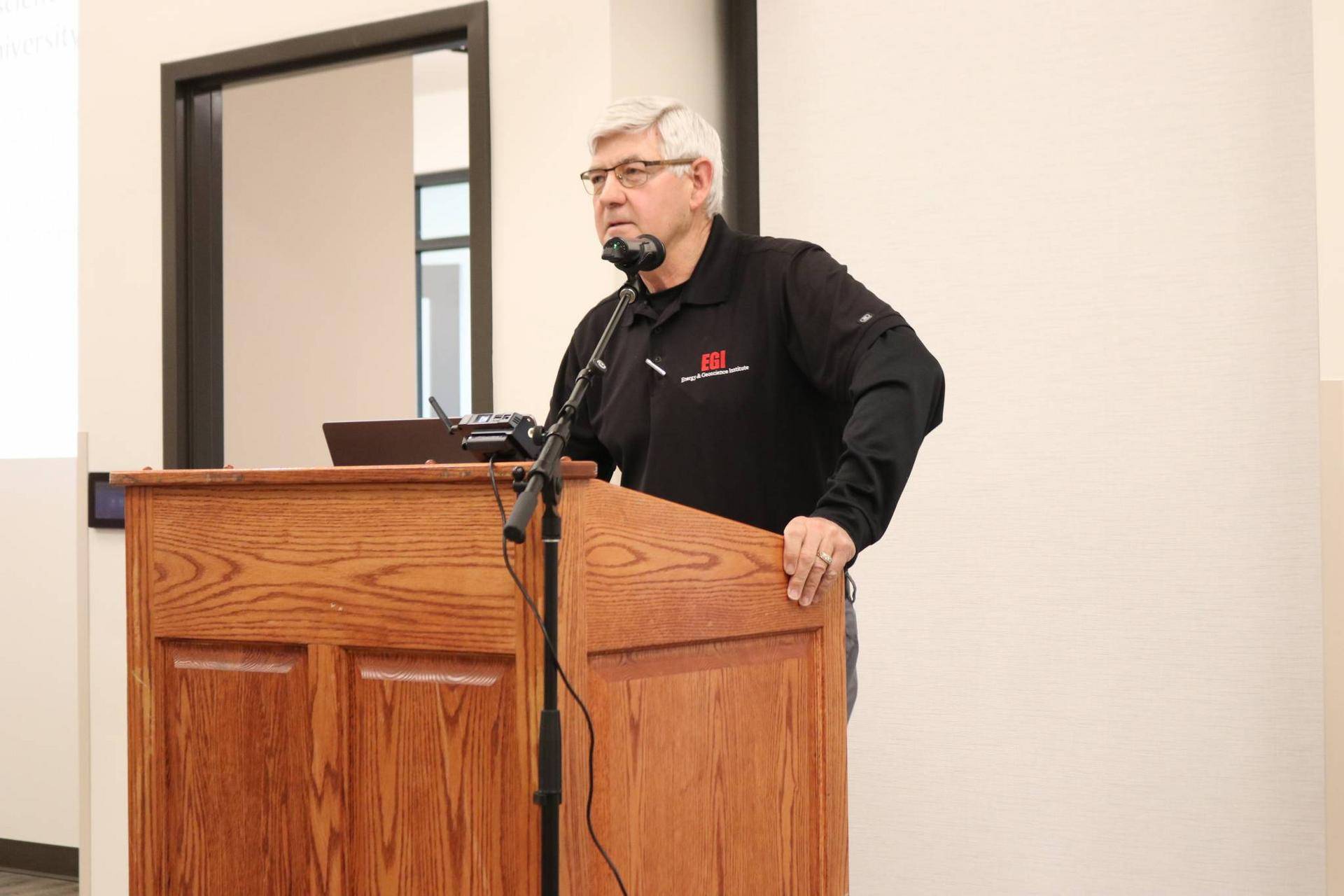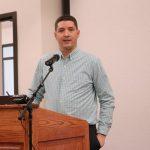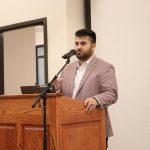The Carbon and Emery Minerals and Energy Collaborative meeting was hosted at the brand new Southeastern Regional Development Agency (SERDA) offices in Price on Wednesday.
The meeting featured many educated speakers who highlighted the energy industry and the myriad of ways that it is beneficial to Carbon and Emery counties and beyond. Bart Kettle stated that the collaborative meeting was designed to improve communication between elected officials, the government, science and industry.
He explained that when a forum is provided for ideas and information to be shared, meaningful connections are made and ways to solve problems are discovered. Those behind the meeting wished to be a medium to cover significant topics.
The plan is to host quarterly collaborative meetings. Typically, there would only be three and one would not be hosted in January; however, there was a need to kick everything off. The next meeting will take place in May, with another in August and the final meeting for 2024 slated for December.
Kettle said that attendance, input and suggestions are key for the collaboratives. He then gave recognition to a number of elected officials that were in attendance, including but not limited to Representative Christine Watkins, Senator David Hinkins, and the Carbon and Emery County commissioners.
He then stated that in society, there are many things that the world work, but there are three things that are more important. One of those things is power. The next is the food supply, while the third was logistics to bring everything together. Kettle said that these three topics have been reliable for two generations now and there has yet to be failure known.
From here, SERDA’s Jade Powell spoke, welcoming all in attendance to the new facilities. He explained that SERDA is committed to seeing southeast Utah be successful. He spoke about the re-brand from the Southeastern Utah Association of Local Governments by saying that it was something that took a lot of time.
When the team was determining what the organization oversees, one topic was regionalism and development. Powell also stated that there is a shift in the local economy that is being experienced, with pending end-dates of two power plants in Emery County. With this in mind, he said it is paramount to have discussions to decide what will be done in the two counties.
Between the Hunter and Huntington Power Plants, there are approximately 300 employees. However, when the two plants are decommissioned, there is a possibility for the effect to be six to sevenfold when adding in trucking and railroad industries, small businesses and the like.
Powell stated that Carbon County can be looked to as an example as to what happens when a power plant is shut down and the effect that it has. With this, he shared that there are technologies that Carbon and Emery counties are studying to be main energy producers.
“We have the infrastructure, we have the industry, we have the workforce, we have the pride of being an energy producer,” Powell stated, before thanking all that were in attendance for being part of critical conversations.
From there, a number of presentations began. One such presentation was from Alan Walker and Dr. Eric Edelman of the Energy and Geoscience Institute at the University of Utah. It was explained that the institute features diverse experts in geoscience, carbon management and geothermal, as well as access to renewable energy scientists. They also have a consortium that provides expansive industry network, access to cost-shared projects and participation, and more.
The Utah Frontier Observatory for Research in Geothermal Energy (UTAHFORGE) was then highlighted, which is the biggest geothermal science project in the world. It is a dedicated underground field laboratory, sponsored by the U.S. Department of Energy for testing, developing, and de-risking techniques and tools in Enhanced Geothermal System (EGS) technologies.
This project is planned to be funded to 2027 and there are currently seven wells drilled. The injection well was completed in 2020-21 and successfully stimulated in 2022. Work will continue on this project and it was explained that they are doing the science, rock mechanics, drilling and steering, stimulation and fluid flows. They will then turn that science and data to the industry, who will determine the output.
Other topics such as the Resilient Energy Certification Proposal, the Utah Oil and Gas Paradox Project, and the Carbon Utilization and Storage Partnership (CUSP) were briefly highlighted by the institute before the time was turned over to the Utah Department of Transportation (UDOT).
Chris Hall, the UDOT Region 4 Planning Manager, was invited to speak about the current and future plans for Carbon and Emery counties. He spoke on the aforementioned proposals for the highway, stressing that these are ideas for the future. He also shed light on work coming to USU-191 in the near future, such as the Emma Park intersection improvements, pavement preservation and more.
Also highlighted during the collaborative meeting were the Ridge Road Industry Project and the San Rafael Energy Research Center.





